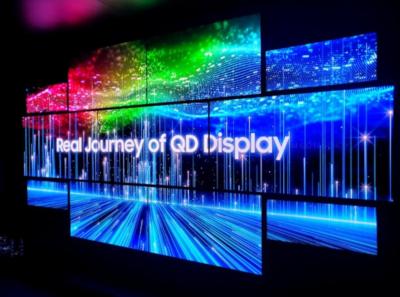Bengbu Zhongguang Optoelectronics developed China's first 8.6-Gen OLED glass substrate
China-based Bengbu Zhongguang Optoelectronics Technology, in collaboration with researchers from the CNBM Glass New Materials Research Institute have developed China's first 8.6-Gen glass substrate product.
The reports from China suggest that the first substrate samples have been produced at Bengbu's production line, and the company is ready to start mass producing the substrates commercially.










